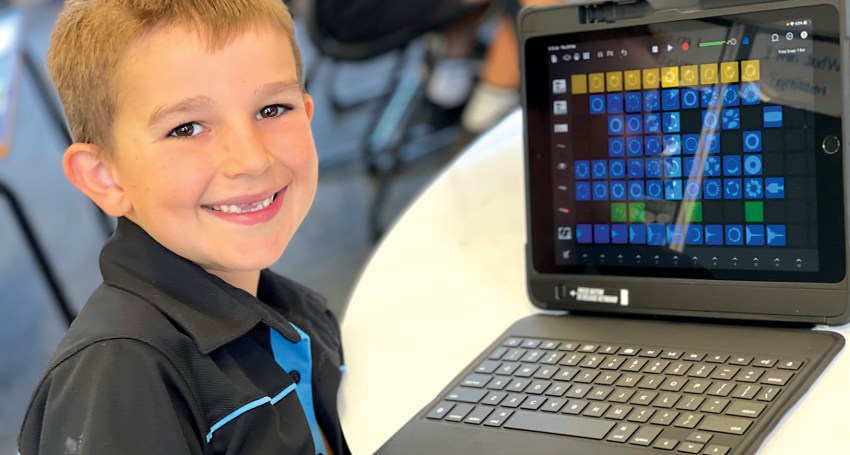Creativity in our classrooms
Opinion
The school year has begun and with it new ideas and opportunities as well as the natural excitement for any teacher keen to explore new thinking and projects.

When we view creativity as one of the cornerstones to learning in any classroom, we use it as a metaphorical wrapper to encapsulate great Literacy, Numeracy, Religion, Humanities and Social Sciences. We use it to awaken the joy of learning through levels of creative expression. While there may be debate as to whether creativity is learnt over years, or is intrinsic, providing students with opportunities to share creative learning can often be easily achieved.
Advertisement
In my journey from school to school, bringing creativity into the classroom is so often met with the greatest of intentions, nonetheless, the rigours and expectations of everyday classroom life often get in the way of forward-thinking educators.
No sooner have those great opportunities warmed a teacher’s heart, the routine of classroom life, student wellbeing and inclusivity, assessment and reporting once again take over and monopolise time.
‘The joy of learning.’ Those four words should encapsulate every classroom.
Our students have access to an incredible array of digital tools, but as educators knowing what’s available, how something works, its intimate details and potential, and how they can be incorporated into learning areas is 50 per cent of the battle. Quite simply, we don’t know what we don’t know. And in a technological setting, finding adequate time to explore and ‘play’ is a real challenge.
Across the tapestry of education, school culture, leadership and educators, we could be considering:
- Understanding why creativity and creative problem solving is so important to our future world
- Allowing for regular learning creativity within the classroom
- Knowing and accessing creative tools for learners – and how we can be doing this better
There are countless studies, articles and books attributing creativity to problem solving.
The World Economic Forum, Future of Jobs Report (2023) highlights creative thinking as the number one skill judged to be of increasing importance over the next several years. This sits alongside analytical thinking, technology literacy, curiosity and lifelong learning, resilience, flexibility and agility.
The Australian Government even outlines how ‘Creative skills are likely to experience relatively higher demand’ (Creative Skills for the Future Economy Report).
Advertisement
For teachers and leadership, effective planning of the integration of technology in the classroom has proven to be hugely important, but unfortunately frequently undervalued.
When talking to school leaders, I often mention my ‘Top 5’ – the top five ways students perceive their technology is used: Word documents, PowerPoints, searching the internet, finding pictures and printing.
In 2024, what should we be hearing from students? What are they saying that encapsulates the use of their technology in an innovative and creative manner? How are they communicating to the world? What are they creating that has viewers interested and wanting to know more?
Take the app Keynote for example. You may not have heard of it but if you or your students have access to an iPad, it’s right there already. Does it make slideshows? Sure, but it can do so much more. In everything from app design, to animation, storytelling and media this one app can steer individualised creativity and problem solving. And that’s just one!
Our world needs creative thinkers and our students have amazing creative digital tools at their fingertips. For teachers, knowing what tools exist, their learning potential and how they form part of a school’s culture lends to broader conversations both externally and internally.
Now more than ever, the ‘Top 5’ shouldn’t be a mainstay.
Matt Richards is from Creative Digital Learning.






